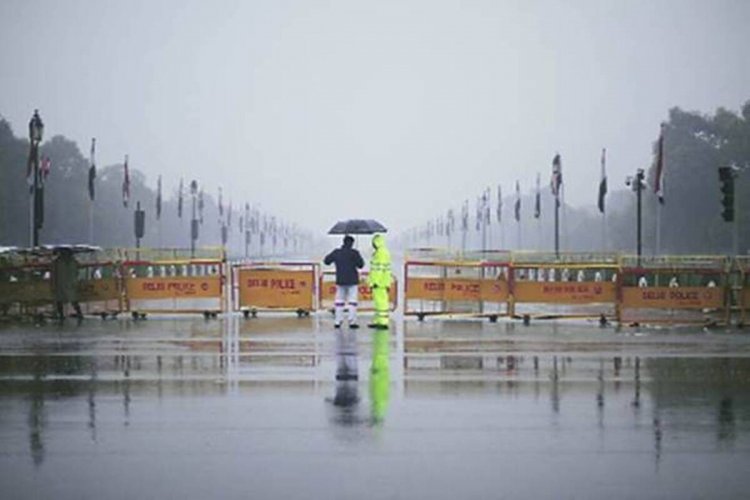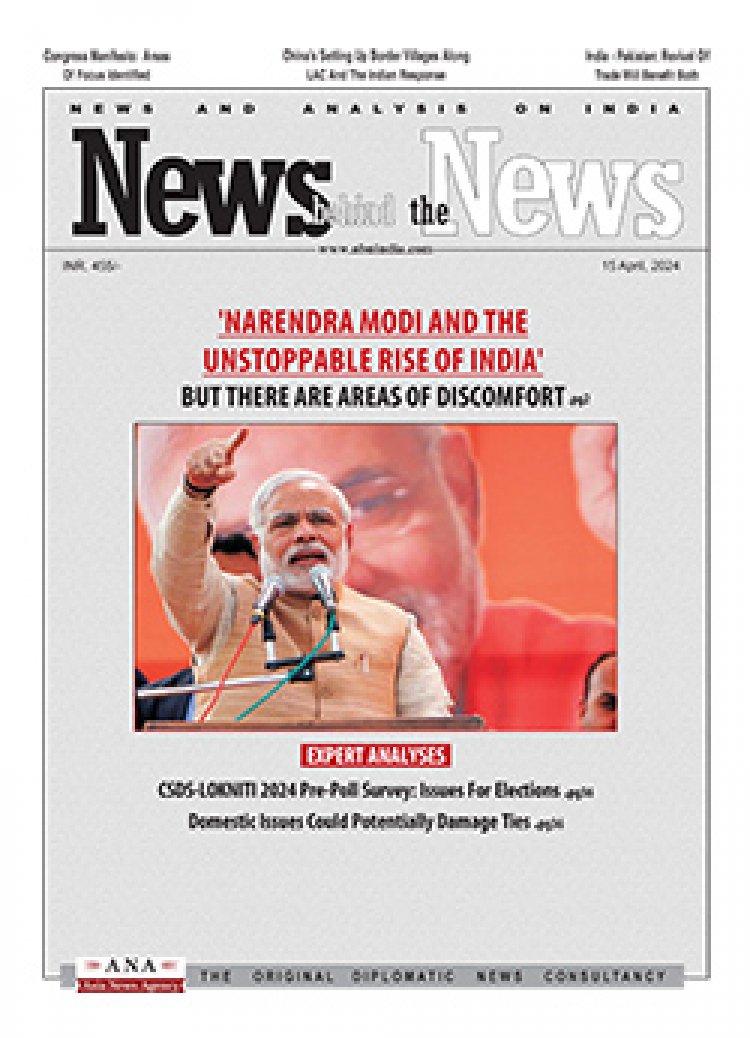Normal monsoon forecast
STORIES, ANALYSES, EXPERT VIEWS

The India Meteorological Department (IMD) announced that this year’s monsoon is likely to be “normal” at around 98% of the long period average (LPA). The 2020 and 2019 monsoon were “above normal” at 110% and 109% of LPA, respectively. The monsoon is important because it is responsible for 80% of the total rainfall in India. It is also essential for agriculture. A good monsoon is crucial for agricultural productivity, food security, farm employment, and rural income. Additionally, a normal monsoon rejuvenates arid lands and restores water sources.
However, the monsoon is likely to turn stronger and more erratic due to the climate crisis. In India, the IMD’s forecast that Jharkhand, Odisha, Bihar, and the northeastern states may not receive adequate rain. These are among the states that are the most vulnerable due to the climate crisis and also some of India’s poorest regions.
Nevertheless, monsoon forecasts are important not just for agriculture. They are a critical aspect of India’s disaster preparedness, several business and service sector industries also need weather products.
India has constrained fiscal capacity, limited monetary policy room: World Bank chief economist
Carmen Reinhart, chief economist of the World Bank Group has said India has a more constrained fiscal capacity and limited room on the monetary policy side as it battles a second Covid-19 wave, suggesting a less extreme lockdown in view of the country’s large informal economy.
In an exclusive interview to ET, she said “Like in most countries, India is facing the second wave with more constrained fiscal capacity. It’s also more strained capacity to ease on the monetary policy side,” she said. Emerging markets (EMs) such as India could face difficult choices soon, she said. “I think EMs will face a bigger trade-off soon because of currency pressures — currencies have been depreciating, the rupee has depreciated this year. This does have some filtering through to inflation,” she said.
There are other inflationary pressures coming in from higher oil prices so the central bank has less ammunition, she said.
Lack of policy options for the economy and a large informal sector also limits the lockdown option to manage the pandemic. “We’ve seen this in different parts of the world and I think, however, that there are ways of addressing, perhaps less extreme forms of lockdown that allow for some flexibility,” said Reinhart, pitching for a combination of vaccines and other measures to contain the pandemic.
“The informal economy has been and continues to be a big challenge for India but I would say vaccines alone, at this stage, don’t do it. You still need the other protection mechanisms of social distancing and the likes,” she said.
Continued support for the groups that need it the most is essential, according to her. “It’s essential for a variety of reasons because India, like so many developing and emerging market countries, is now dealing with setbacks also in terms of poverty levels,” she said.
Besides, she said, it is important for the government to “really take good stock” of the state of businesses because the last thing India needs for recovery is to face a credit crunch.
On growth projections for India in view of a strong second wave, Reinhart said, “I think it’s premature, we are still in the early stages. I think what we have is a race between the vaccines and the virus.”
















